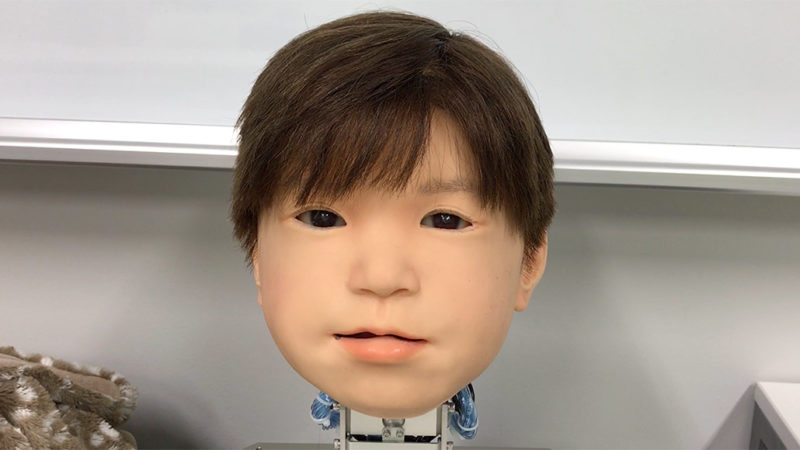
SEATTLE — A robotic with a way of contact could sooner or later “really feel” ache,
each its personal bodily ache and empathy for the ache of its human companions. Such
touchy-feely robots are nonetheless far off, however advances in robotic touch-sensing are
bringing that chance nearer to actuality.
Sensors embedded in comfortable, synthetic
pores and skin that may detect each a mild contact and a painful thump have been hooked
as much as a robotic that may then sign feelings, Minoru Asada reported February 15 at
the annual assembly of the American Affiliation for the Development of Science. This
synthetic “ache nervous system,” as Asada calls it, could also be a small constructing
block for a machine that could ultimately experience pain (in a robotic form of means). Such a sense may additionally enable a robotic to “empathize” with a human
companion’s struggling.
Asada, an engineer at Osaka College
in Japan, and his colleagues have designed contact sensors that reliably decide up
a variety of touches. In a robotic system named Affetto, an unsettlingly realistic-looking little one’s head, these contact and ache indicators will be
transformed to emotional facial expressions (SN:
7/2/19).
A touch-sensitive, comfortable materials, as
against a inflexible metallic floor, permits richer interactions between machine
and world, says neuroscientist Kingson Man of the College of Southern
California in Los Angeles. Synthetic pores and skin “permits the potential for
engagement in versatile and really clever methods.”
Such a system, Asada says,
may in the end result in robots that may acknowledge the ache of others, a
beneficial talent for robots designed to assist look after aged individuals, for
occasion.
However there is a vital
distinction between a robotic that responds in a predictable strategy to a painful
thump and a robotic that’s able to approximating an inside feeling, says
Antonio Damasio, a neuroscientist additionally on the College of Southern California.
In a latest article, he and Man argue that such an artificial sense of feeling might arise if robots had been programmed to expertise one thing
akin to a psychological state resembling ache (SN:
11/10/19).
A robotic with tactile sensors
that may detect contact and ache is “alongside the strains of getting a robotic, for
instance, that smiles while you discuss to it,” Damasio says. “It’s a tool for
communication of the machine to a human.” Whereas that’s an attention-grabbing
improvement, “it’s not the identical factor” as a robotic designed to compute some type
of inside expertise, he says.


